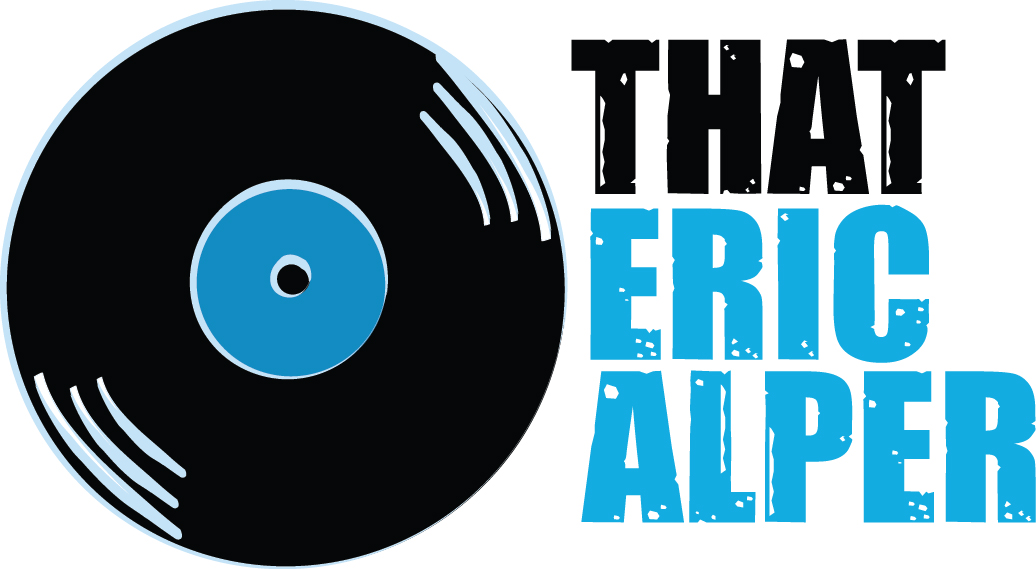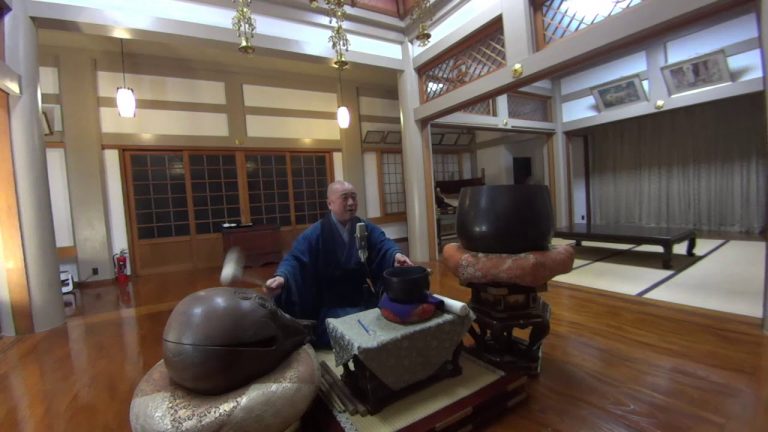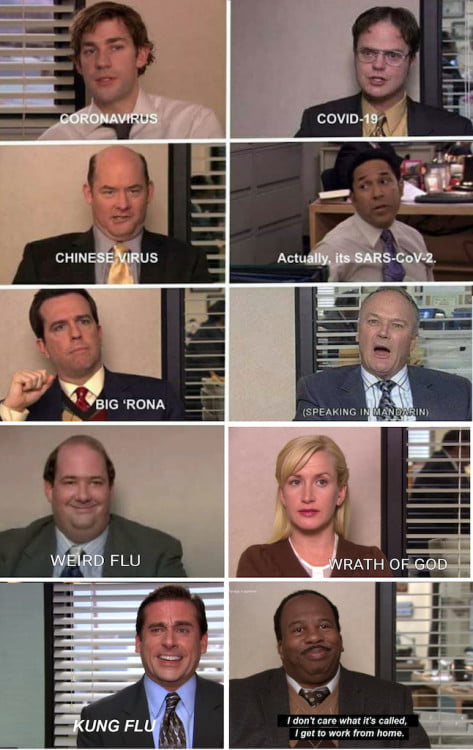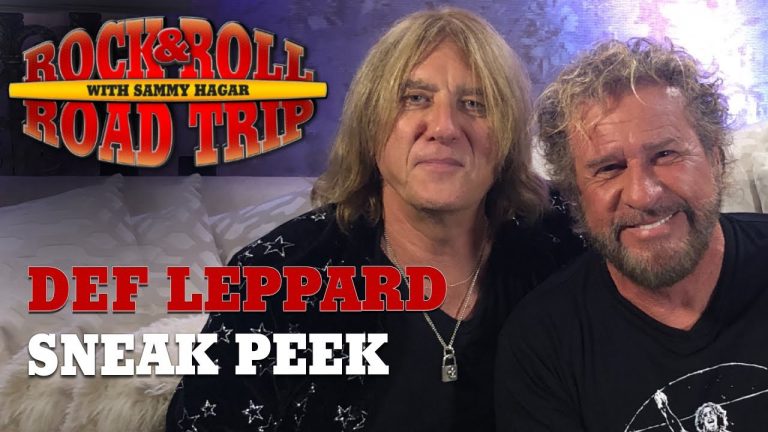If music be the food of love, play on.
Ani DiFranco Announces Righteous Babe Radio
|
Singing Rick Astley’s “Never Gonna Give You Up” 20 Different Ways
Anthony Vincent performs Rick Astley’s track Never Gonna Give You Up in the styles of 20 different bands, which is a perfect way to fool your friends 20 different times a day.
1-minute tip for artists: Tattoos.
Is there anything that goes better together more than peanut butter and jelly than rock and roll and tattoos?
Winnipeg’s Baroque-Pop Art-Rocker GROTOKO Stands Starkly Symbolic in New Video, “Mister” — Available Now
When it comes to Grotoko, the new single and video “Mister” — available now — offers a landmark in the art-rock, baroque-pop artist’s growing and ever-fluid body of work.
The brainchild of Montreal-based, Winnipeg-born multi-instrumentalist, composer and visual artist Blue McLeod, Grotoko’s sound pulls from grunge, folk, punk, and classical genres and kneads them together with the artist’s experiences and the world around. “I often use confessional, optimistic, sarcastic, or sometimes nearly nonsensical lyrics to describe various experiences and emotions,” McLeod says of the multifaceted creative outlay. “There’s also a wide variety of musical colours and textures to create a sort of collage of sounds, when words might not necessarily be enough.
“‘Mister’ was written almost entirely on the spot,” McLeod continues, adding that it was written about a highly personal experience. “Now it’s a song that seems to change tone every time I perform it.
“Occasionally, the lyrics feel entirely genuine from the perspective of someone who isn’t happy about an ended relationship but is trying to see a positive side and handle it maturely. And, a lot of the time, the song is sarcastic from the perspective of someone who is happy that a controlling and emotionally exhausting relationship has ended.
“Sometimes, it feels like a bit of both.”
With a symbolic set-up too good to pass on, Grotoko’s acoustic outlay of “Mister” comes to visual life in a starkly empty apartment on a dreary, weighted-weather day.
“The video was shot in my old apartment in Winnipeg after my roommates and I had finished moving. Somehow, it seemed fitting to play the song in an empty apartment after everyone had left; the emptiness of the room seemed almost symbolic of the feeling of losing someone or something significant, and symbolic with the amount of space available for new experiences.”
“Mister” lands as a follow-up to Grotoko’s debut LP, We All Fall Down and acoustic offering, Grotoko Says Happy New Year, while serving as a precursor to its forthcoming album, Periwinkle. That said, the track’s ultimate home is saved for a fourth addition to the act’s ever-increasing and interconnected library, set for release down the line. “We All Fall Down began after a long break from writing,” McLeod recalls of the 2017 release. “My first band had broken up, which had practically destroyed me to the point where I tried to quit music.
“During that time, I didn’t really talk much and I went through a lot of bad experiences. Eventually, giving up music turned out to be incredibly difficult; I had a lot bottled up.
“The title is a reference to ‘Ring Around the Rosie’ — which is about a plague, although when I was growing up, that information seemed to be hidden. We All Fall Down is a fairly dark album, and it’s hard to talk about. The music was the easiest way to communicate about things that were just too disturbing.
“As for Periwinkle, it was a nickname one person called me in theatre school,” McLeod says of the new album’s namesake. “It seemed like a fitting word to use as a title since it was a word that was following me around during the experiences that led to writing it.
“Even though some of the songs were written so far apart, they all seemed to belong together on Periwinkle, with them all being a part of the same story.”
“Mister” is available now.
Joy & Pain Share Energy-Filled Soundscape in Halifax’s JONT’s Exuberant New Single, “Thank You For My Happiness”
Overflowing with unbridled joy and cheerfully unexpected moments, Canadian alt-folk and dance-pop artist Jont delivers a candid message with the release of his new single, “Thank You For My Happiness” — available now!
Electronic beats — plus a choir, string quartet, sitar and harmonium for good measure — all hold and share space on the Halifax, Nova Scotia-based singer/songwriter’s most recent sonic offering. The track follows this spring’s latest single, “I Think It Could Be Possible” and accompanying video that included sing-along submissions from around the world.
That said: Despite “Thank You For My Happiness” being one of the catchiest, most infectious and jubilant tunes Jont credits to his repertoire, its genesis stems from feeling decidedly the opposite. “It’s inspired by opening my heart to my lover about something I thought they would reject me for,” he shares. “Instead, I found acceptance and empathy.
“I first came up with the mantra at the end of a hedonistic couple of nights at a festival in Nova Scotia,” he continues. “It was time to go home, and my energy was depleted. Even though I had nothing to be unhappy about, I was feeling low. I sat in the corner of someone’s camping area and started chanting the phrase ‘thank you for my happiness’ over and over, imagining this golden light inside me.
“I started feeling better.”
The full song came later, he expands, and starts from a point of Jont’s experience within a crisis and depression. “When there is this thing at the heart of your being you feel ashamed of, and you think will stop you from ever receiving real love… And you finally build up the courage to own it and honestly declare this hopelessness to your friend or lover… And they don’t run away or reject you because of it — because of what you think is your weakness — but rather support you and say ‘we’ll get through this together’
“A huge weight is released.
“The song represents the sound and feeling of that weight of shame and hopelessness lifting. It’s the vision of fearing a life without love being wiped away in an instant, all through solidarity, empathy, and love itself.”
Much like the experiential journey that preceded the song’s writing wasn’t quick, neither was the recording process, it turns out. “I thought I’d completely finished it, but then re-did the drums because they weren’t quite right, and weren’t making it sound like the hit I knew it was.
“If I count it up, I think there were 28 people involved in making this recording,” he adds, marvelling. “So much love and good energy has gone into this, and it’s literally bursting at the seams with the capacity to really help shift one’s energy. I invite everyone to turn this song up and dance like crazy to it.”
“Thank You For My Happiness” is the second single off Jont’s forthcoming — and eleventh — album, Thank You For The Medicine. The LP features contributions from a bevy of Jont’s talented and musically inclined friends from around the world, including GRAMMY Award-winning mix engineer Mark Lawson.
While the album was written following Jont’s own time of turmoil and triumph — from pausing his globetrotting life after connecting with his young daughter, to his father’s passing, to a series of transformative meditation/Vipassana retreats — that its being released during a time of shared societal difficulty is not lost on the mindful musician. “I know there’s a huge variety of situations being experienced right now, with some feeling trapped or lonely, some working in very stressful environments, and others feeling they’re having an enlightening break from the norm.
“It’s obviously not easy for any of us as time drags us out of our peaceful place, even when that’s where we most need to be.
“But we are in charge of how we react to any given situation and right now, to be happy, the same timeless rules exist that have been taught by all the great masters for thousands of years.
“And most especially, music helps! It’s a tool that allows us to drop into the moment of ‘now’ very easily.
“Perhaps this is the sort of record the world needs right now,” he adds, which is a sentiment he’d considered even before now. “Never before has the world’s conversation been as aware and tuned into issues of healing, trauma, and the power of the human heart as it is now.”
“Thank You For My Happiness” is available now.
The Buddhist Monk Performs Covers of The Beatles, The Ramones and Queen
uddhist monk Kossan1108 performs his illuminating covers of “Yellow Submarine” by The Beatles, “Teenage Lobotomy” by The Ramones, and “We Will Rock You” by Queen.










